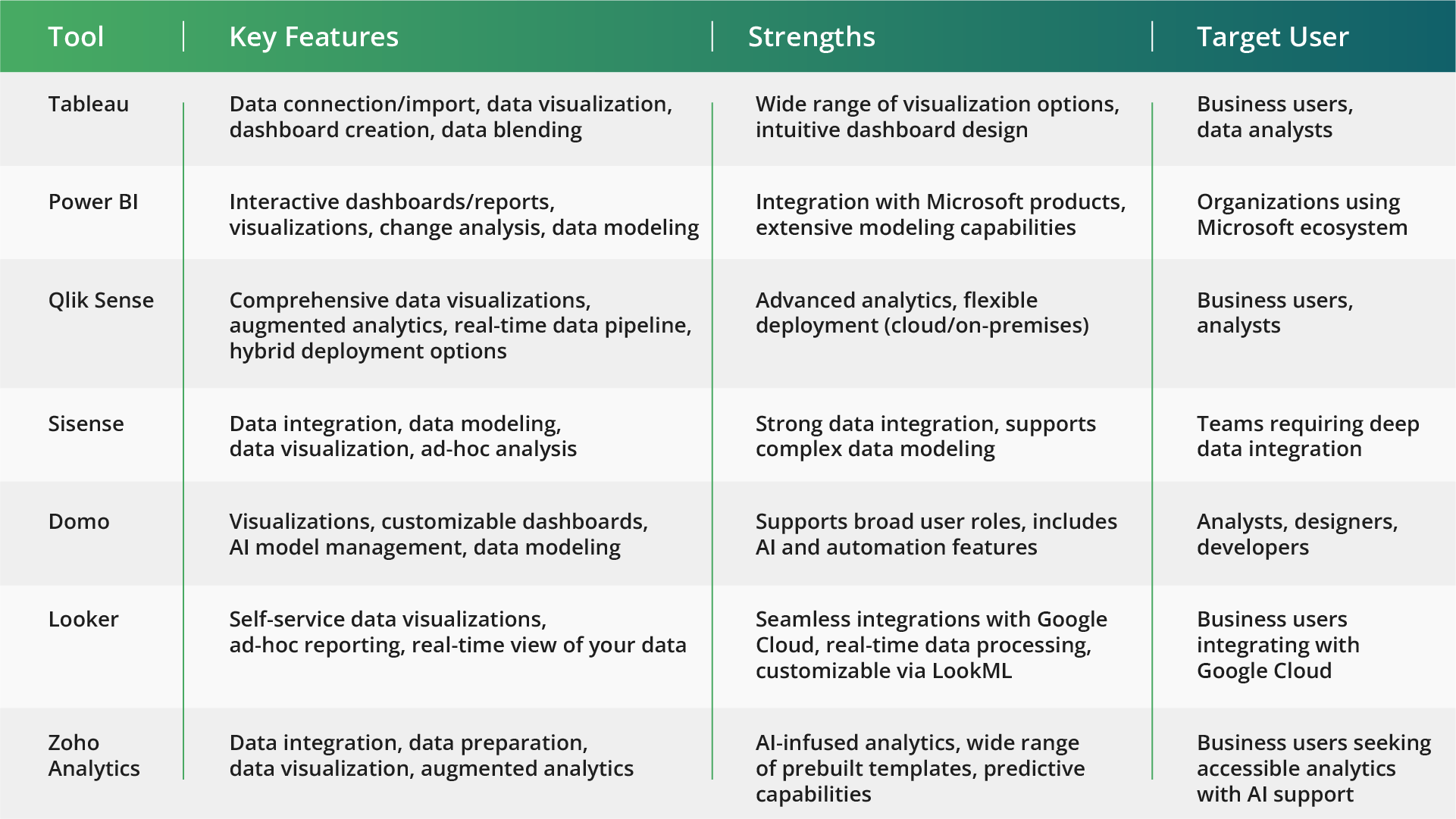
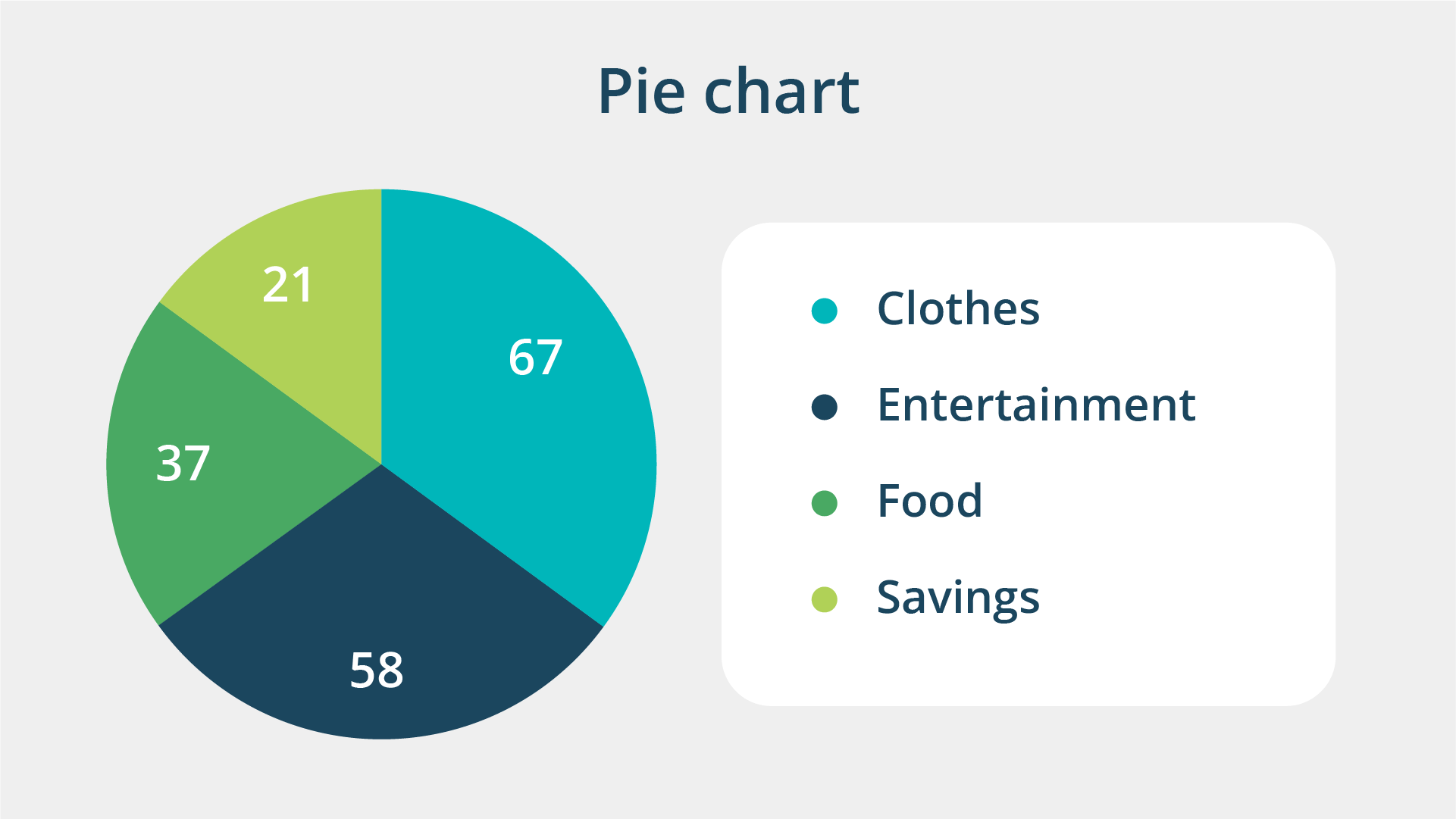 This visualization method is suitable for illustrating parts of a whole. However, it's recommended to avoid using it when there are over five indicators. It works well for showcasing one or two parts of a whole, such as a company's market share.
This visualization method is suitable for illustrating parts of a whole. However, it's recommended to avoid using it when there are over five indicators. It works well for showcasing one or two parts of a whole, such as a company's market share.
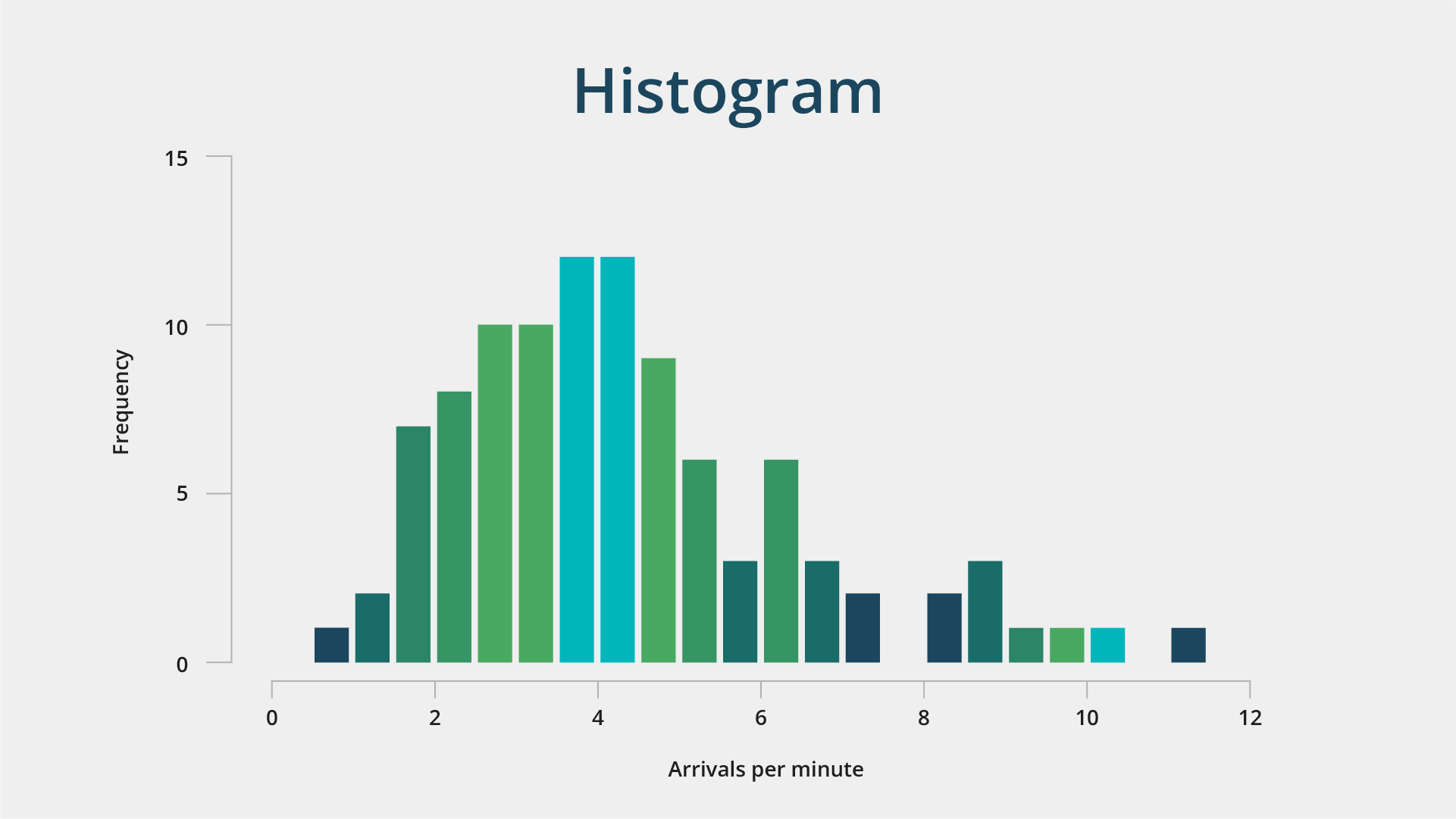 Histograms work perfectly for precise data comparison, as well for demonstrating relationships between different data points. They are particularly effective for visualizing frequent fluctuations.
Conversely, if changes are minimal, a line chart is preferable. For example, when illustrating currency exchange rates, a difference of a few cents may go unnoticed.
Histograms work perfectly for precise data comparison, as well for demonstrating relationships between different data points. They are particularly effective for visualizing frequent fluctuations.
Conversely, if changes are minimal, a line chart is preferable. For example, when illustrating currency exchange rates, a difference of a few cents may go unnoticed.
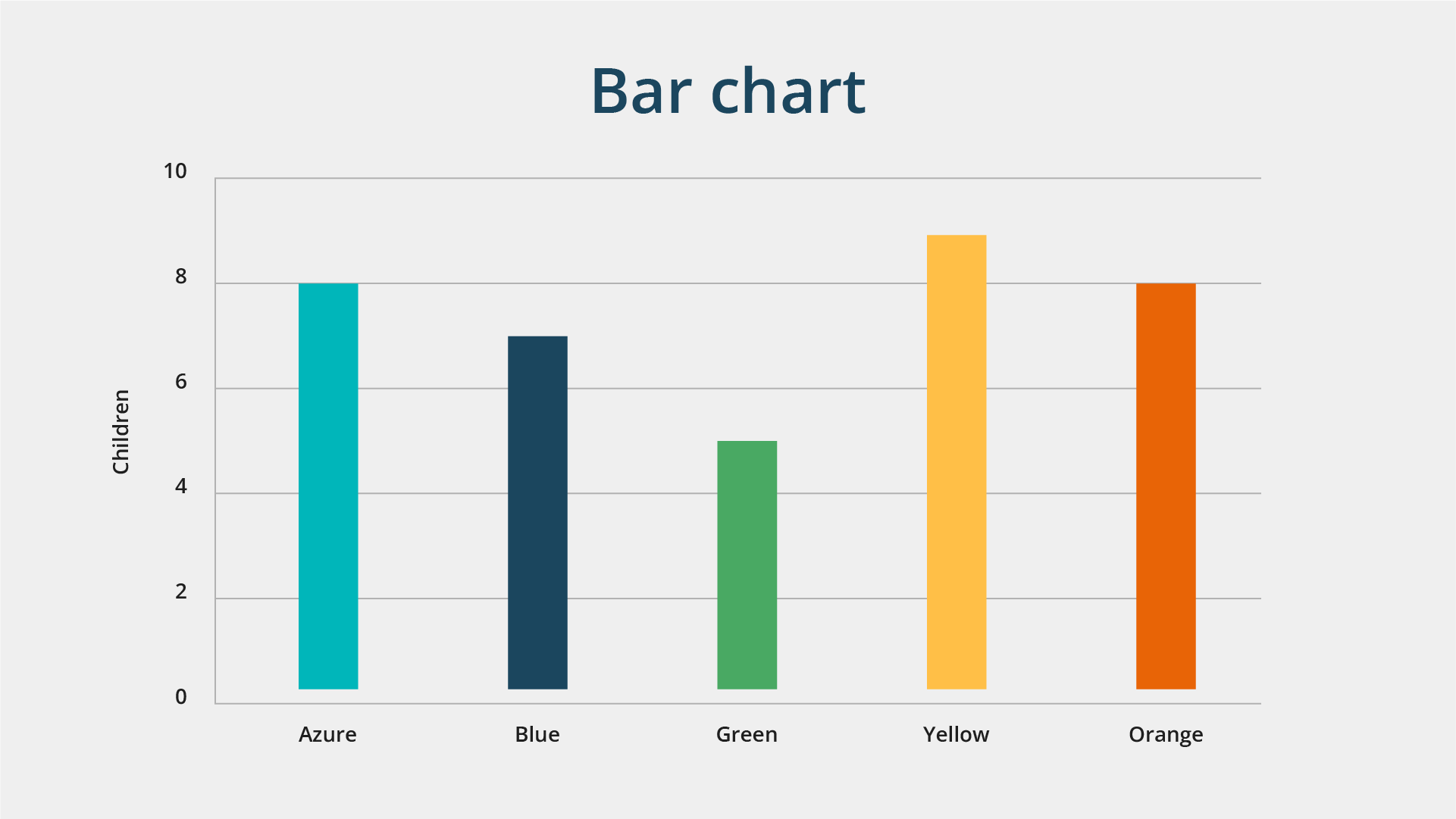 Similar to histograms, bar charts feature distinct spacing between columns, allowing for easy comparison without losing meaning. They are best suited for comparing categorical data when there are more than five indicators.
Similar to histograms, bar charts feature distinct spacing between columns, allowing for easy comparison without losing meaning. They are best suited for comparing categorical data when there are more than five indicators.
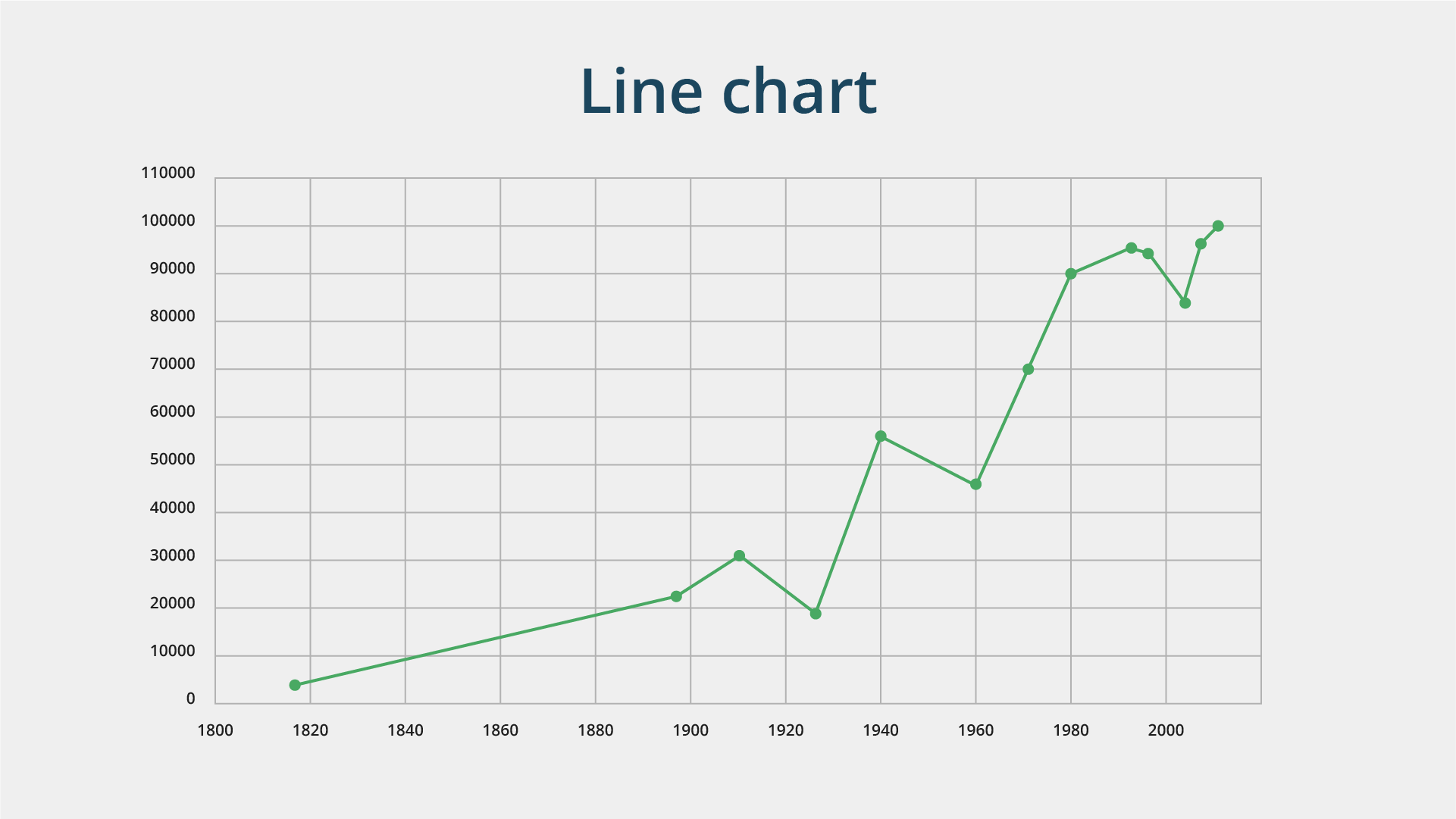 Utilizing points and curves, line charts depict data changes. They are useful for gauging overall trends, even when data is unavailable for every day.
Utilizing points and curves, line charts depict data changes. They are useful for gauging overall trends, even when data is unavailable for every day.
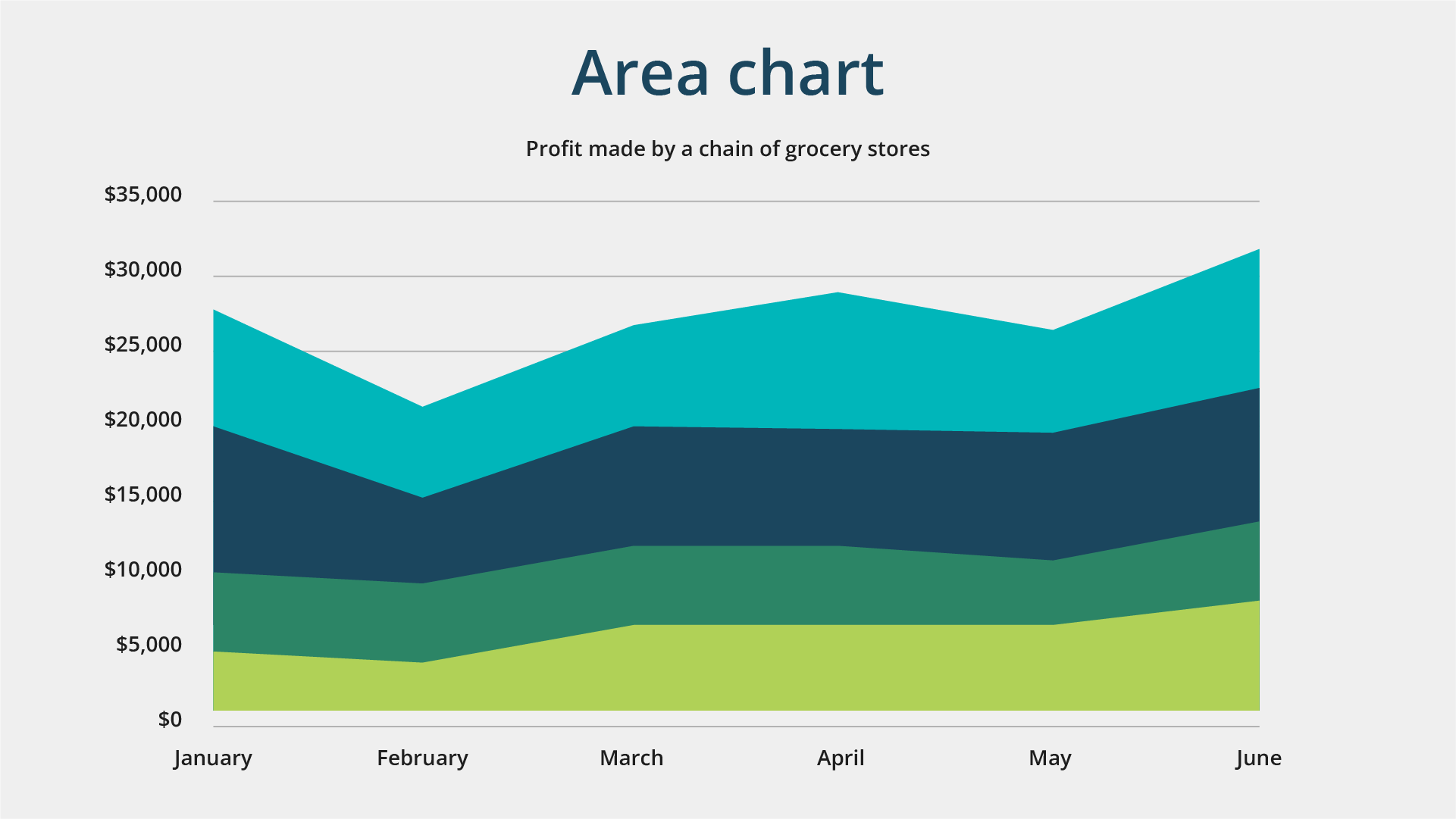 A variation of the line chart, area charts display quantitative data, often over a period of time. For instance, they can illustrate a company's monthly expenditures on logistics, employee salaries, and taxes, providing insights into changes over time.
A variation of the line chart, area charts display quantitative data, often over a period of time. For instance, they can illustrate a company's monthly expenditures on logistics, employee salaries, and taxes, providing insights into changes over time.
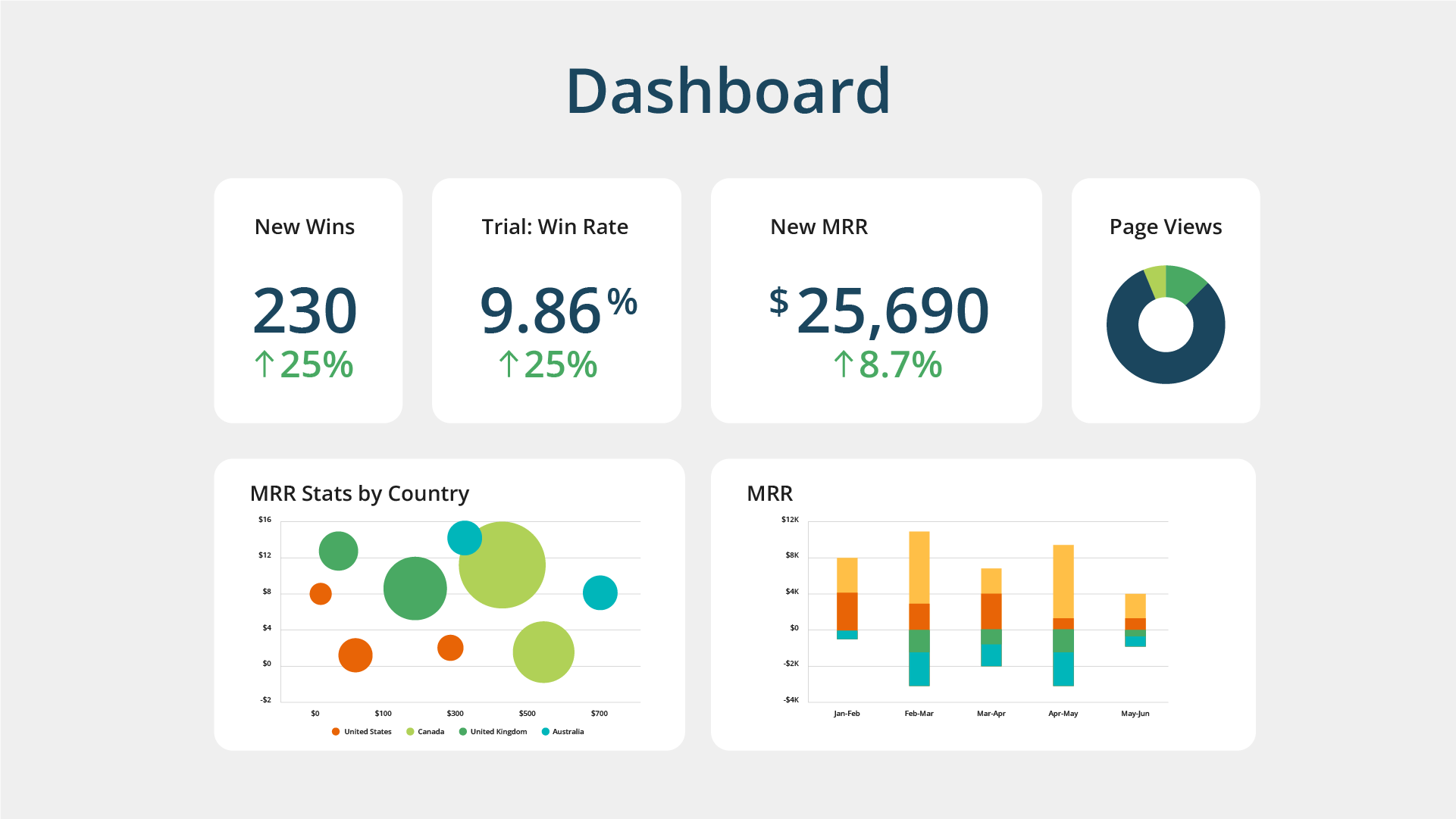 Businesses often analyze datasets from various platforms and systems. Dashboards serve as interactive data visualization tools, allowing users to display all analytics on one screen. Unlike static graphics, dashboards are dynamic tools that support real-time information updates.
They enable filtering, and selecting one element can trigger changes in dependent visualizations. Multiple team members can access dashboards, facilitating collaborative work where each member oversees their respective area.
Businesses often analyze datasets from various platforms and systems. Dashboards serve as interactive data visualization tools, allowing users to display all analytics on one screen. Unlike static graphics, dashboards are dynamic tools that support real-time information updates.
They enable filtering, and selecting one element can trigger changes in dependent visualizations. Multiple team members can access dashboards, facilitating collaborative work where each member oversees their respective area.
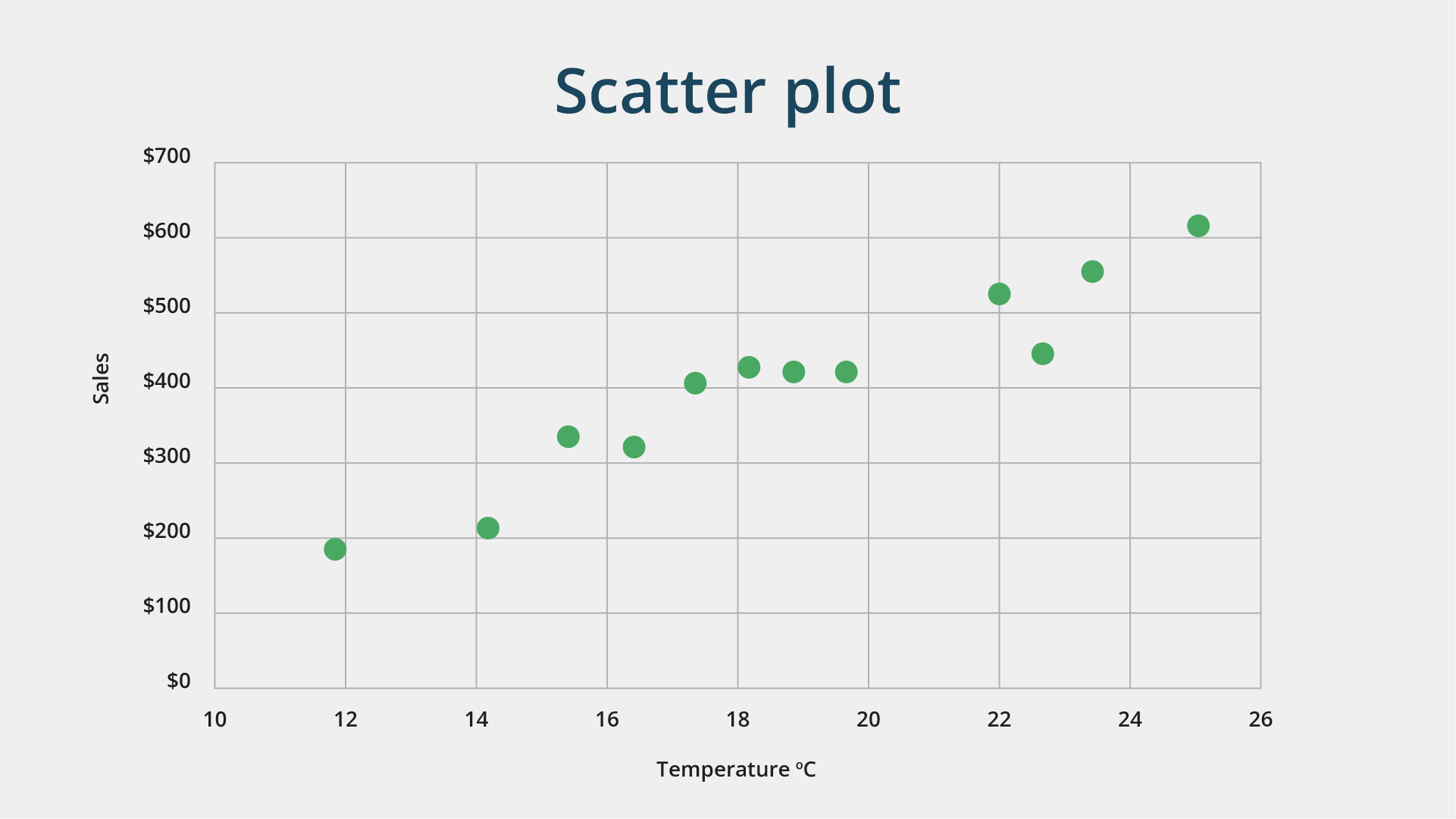 Scatter plots serve as valuable tools for showing relationships between two variables and are frequently used in regression data analysis.
Scatter plots serve as valuable tools for showing relationships between two variables and are frequently used in regression data analysis.
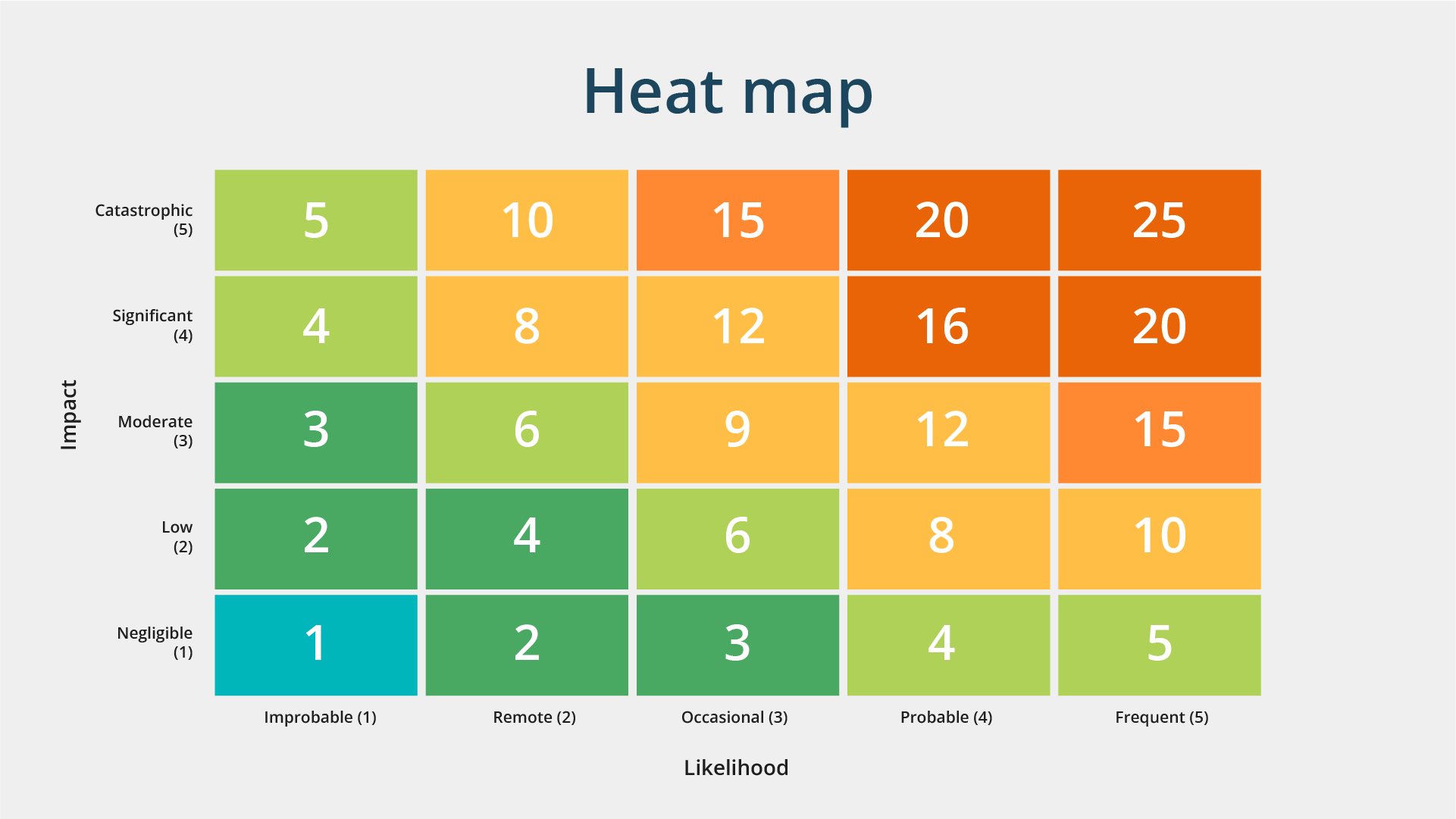 This graphical representation is instrumental in visualizing behavioral data based on location, whether it's geographical coordinates on a map or interactions on a webpage.
This graphical representation is instrumental in visualizing behavioral data based on location, whether it's geographical coordinates on a map or interactions on a webpage.
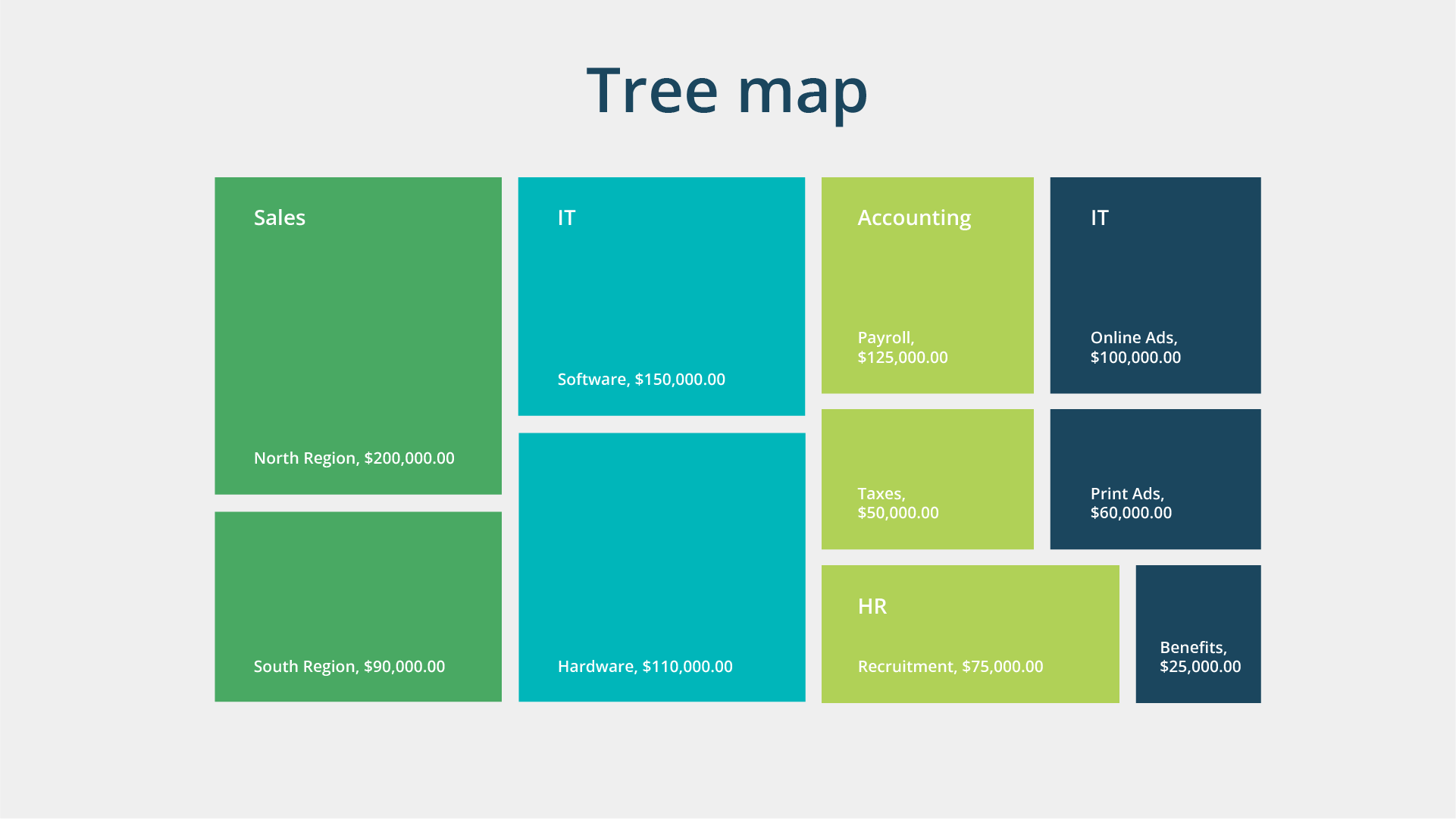 Tree maps depict hierarchical data through nested shapes, usually rectangles. They are perfect when comparing proportions between categories by visualizing their relative area sizes.
Tree maps depict hierarchical data through nested shapes, usually rectangles. They are perfect when comparing proportions between categories by visualizing their relative area sizes.
